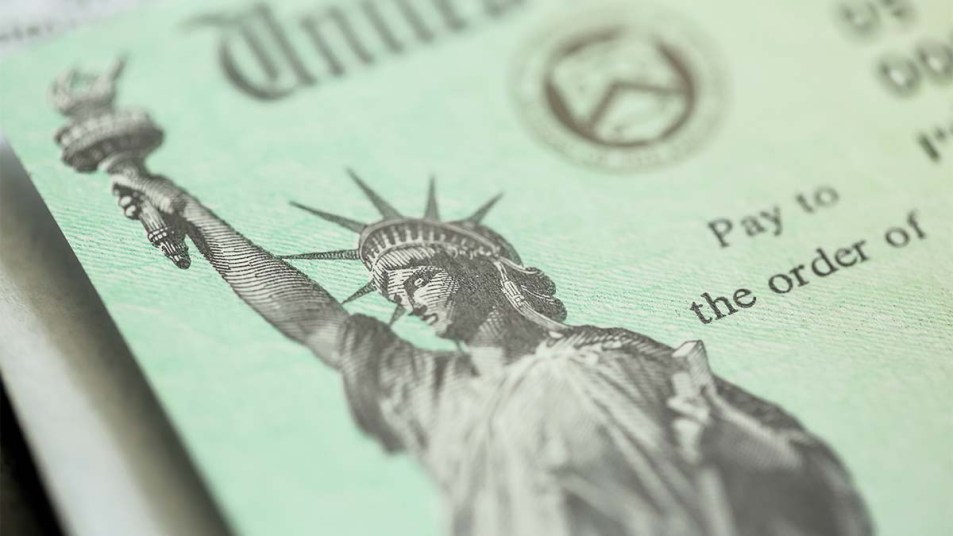You May Have Been Sent a Fake IRS Letter — Here’s How to Tell
Some fraudulent mail can look very, very real.

The Internal Revenue Service sends mail to millions of Americans every day about their status of their taxes. However, given the confusion around tax returns and refunds in the pandemic, a growing number of scams are popping up trying to take advantage of people looking for their tax refund or other information. If you received an envelope that says it’s from the IRS recently and aren’t sure if it’s real or fake, there are easy ways to tell the difference.
The IRS typically only reaches out if you’re receiving some kind of tax refund or if they need more financial information or payments from you, which can make it difficult to spot a scam unless you’re paying attention. Usually when the IRS contacts you, it’ll be to remind you about a remaining balance, verify your identity, inform you of a refund discrepancy, ask for additional personal information, or notify you of any delays. (That last one is incredibly common in the pandemic!)
Before you open that checkbook or start looking into payments, head to the IRS website to check your tax status and account. You can also call 800-829-1040 (that’s the only IRS hotline number!) to verify the letter. Additionally, each piece of mail from the actual agency comes with a notice or letter number in the top- or bottom-right corner to help identify the mail’s origin. Fraudulent mail won’t have this and/or will direct you to call a different number to talk (if it includes one at all). Once you’ve gone online or called to confirm the letter’s authenticity, that’s when you can figure out your plans for payment or an appeal.
Moreover, when it comes to paying an overdue bill or resolving another financial matter, there are a few things the IRS says it’ll never do:
- You won’t be instructed to pay via only a specific option, like through a debit card or wire transfer.
- You won’t receive a demand for immediate payment; letters from the IRS often direct people to figure out their options and decide what’s best for them, whether that’s an appeal or an eventual payment.
- You won’t deal with threats regarding getting law enforcement or immigration involved if the financial request isn’t immediately met.
- You won’t receive additional follow-up messages via text, social media, or email.
Think you might’ve been targeted in a fake IRS letter scam? Consider filing a report with the Treasury Inspector General if you’re dealing with an impersonation issue or the Federal Trade Commission. Otherwise, keep an eye out when you receive a piece of mail, and take your time to verify it and resolve any issues you may have. Good luck!
This article was updated on Thursday, October 27 at 11:30 a.m. EST. It was originally published on November 1, 2021.













